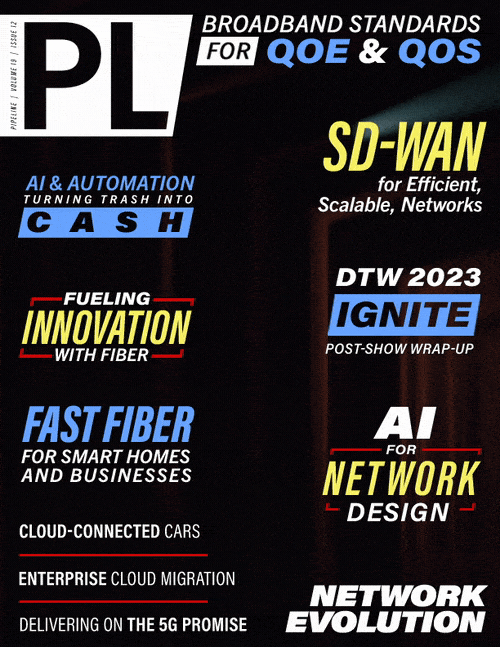Upleveling Mobile Device Processing with AI
A path to upskilling and workforce development
Automation is opening doors to new, compelling opportunities for many companies and employees. It has great application for repetitive work for which many operations are having difficulty staffing. Businesses from a diverse range of sectors can re-assign employees to different areas of the organization where creative thinking adds value. The long-term implications of this strategy are greater overall productivity and elevated employee satisfaction as workers can move to higher paying positions, acquire more technical skills, and gain more job security. And, as organisations pivot to a more automated model—one which is geared towards scalable efficiency, agility, and innovation—such an approach may be the catalyst for unlocking greater meaning, choice, growth, and autonomy for employees.
An example of this in secondary device processing is the unboxing of millions of traded-in devices that come into a processing facility. Prior to automation this was the type of task that could only be achieved by a team of people, but it is a physically demanding yet monotonous job that carries safety risks. As a result, this type of job is very difficult to recruit for, and staff retention in this area tends to be low. Through automation, this can now be taken care of by a robot with built-in intelligence to assess the dimensions of every box that enters the processing line. It can then automatically determine the optimal cutting configuration.
Other critical steps where automation may also be applied to relieve operators of simpler and repetitive tasks include device charging, cleaning, debugging, lifting and transporting, cosmetic evaluation, and packing. At nearly every stage of the processing, it is possible to implement automated solutions with a view to redeploying staff to more specialized roles that require human ingenuity, interaction, and the type of business acumen that cannot be replicated by a machine. This translates to higher levels of job satisfaction and creates more opportunities for people to acquire in-demand skills that will help them thrive in a new technological landscape.
Automation in support of data security
As you can imagine, data security is a top priority when it comes to used mobile devices. Automated technology can be used to quickly and securely complete data sanitation of the devices that enter the processing facility. Parallel processing allows for the scaling of the operation so that the resetting of factory defaults, test cycles, and the collection of the resulting feedback can be performed in batches. This provides operators, OEMs, retailers, and consumers with added assurance that data and identity theft is avoided throughout the entire mobile device processing in order to meet data protection requirements.
Enhancing the customer experience
Today, automation is helping to improve the customer experience by giving businesses the ability to respond to queries quicker and more easily address customer queries. For example, a customer may dispute the grading given to their device. Through automated systems, organizations can now have immediate access to real-time data, including AI/ML-driven high-resolution camera photos that can clearly reveal any flaws or other evidence for the grade. Providing more accurate information to customers gives them clearer, more transparent visibility into the process and greater confidence in the objectivity of the grade.
Automation: unlocking sustainable and responsible long-term progress and growth
In addition to creating efficiencies, speeding processing times, and increasing accuracy and consistency in grading, automation is enabling secondary device processors to further contribute to sustainability. Every year, between 50 and 60 million tons of e-waste are generated globally, making e-waste the world’s fastest-growing waste problem. To put those numbers into perspective, that’s the equivalent of throwing away 1,000 laptops every second for an entire year. In fact, it’s estimated that e-waste will surpass 70 million tons annually by 2030, a 100 percent increase over a 16-year period.
The more used devices we can repurpose means less waste that is thrown into landfills. Automation is playing a critical role in repurposing more devices, extending connectivity to more people, and providing a more sustainable environment.



















